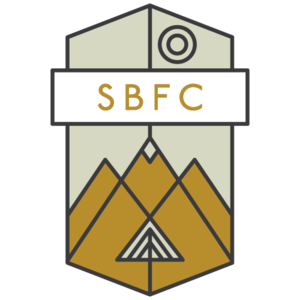Tyler Keene
Wilderness Ranger Fellow
August 12, 2021
Bitterroot National Forest | Selway-Bitterroot Wilderness
What a year it has been for fires! The heatwave that has been experienced this year has been like no other and to make the situation worse there has been very little rain in Montana. Here in the Bitterroot National Forest, fires haven’t been too bad but things are starting to pick up and get more active. This last hitch my crew was supposed to go up Big Creek and clear but due to a fire we were reassigned and moved to Little Rock Creek Trail. Luckily for us this has been the only time this season we were moved due to fire.
After coming off such a bad year for fires last year, forest management has been an important discussion on many levels. Currently, I am reading The Big Burn by Timothy Egan. It is about the big burn of 1910 which ripped through three million acres and destroyed entire towns. Eighty-six people died as a result.
During that era, national forests and the idea of conservation were becoming more established. The big push was to keep the land preserved for future people to enjoy. Some threats to National Forests were logging, mining, and railroads. The Forest Service was very young and newly formed. They were doing everything they could to protect the land and keep it for the people because they believed it belonged to the people, not big businesses.
Overlooking the burn area on Sweeney Ridge Trail.
Seeing first hand just how dense some of these forests are is quite shocking. Our second hitch this season was clearing Sheafman Creek Trail. In the first three miles of trail we cleared 350 trees. That was a trail that was cleared the year before, so the downfall had happened within one year. Looking forward to the future, there is hope that increased forest management efforts will pay off. In the end the hope is that the National Forests will be healthier and that fire risk will also go down, making towns and people much safer during fire season. At SBFC, it is a part of our job to help clear and maintain our National Forests and Wilderness to not only provide access to trails, but to ensure safety for all.
Fallen trees and burn area on Sweeney Ridge Trail, which burned during the Lolo Fire of 2017.
*Please note*:
The reality of fires is complex. George Weurthner and Dominick Della Salla have been doing research on the effects of forest thinning on fire risk for years. Please take some time to read the below article to learn more about their study: https://www.oregonlive.com/wildfires/2020/10/oregons-labor-day-wildfires-raise-controversial-questions-about-how-forests-are-managed.html
Bitterroot National Forest | Selway-Bitterroot Wilderness
University of St. Francis
Major: Recreation and Sport Management concentrating in Outdoor Recreation
Tyler grew up in Burien, Washington and spent his childhood outdoors hiking, camping, mountain biking, hunting, fishing, and kayaking. He went to college in Joliet, Illinois and was fortunate enough to do multiple backpacking trips, backcountry canoe trips, white water rafting, rock climbing, and caving. Tyler worked with the local forest preserve for a year and worked on various restoration projects around the county. He is passionate about conservation because he firmly believes that future generations should have the same, if not better, opportunities to experience the outdoors. Tyler believes preservation and conservation practices are vital in experiencing the great outdoors!
















































